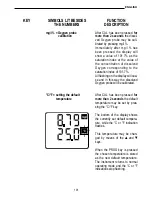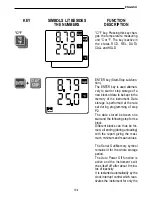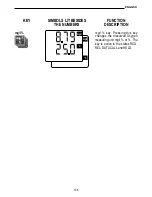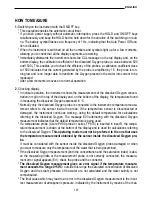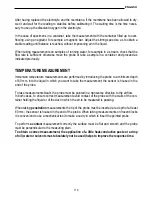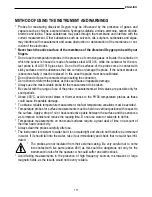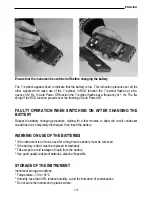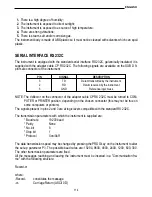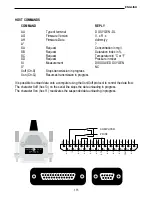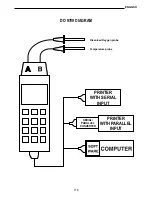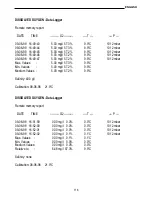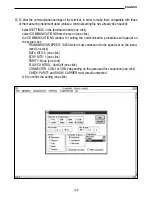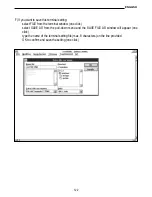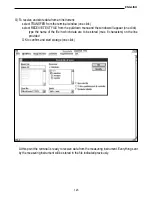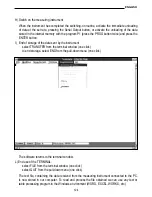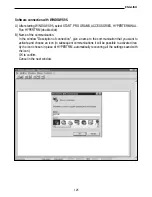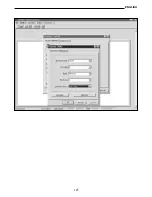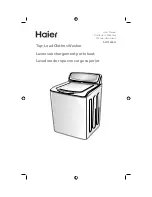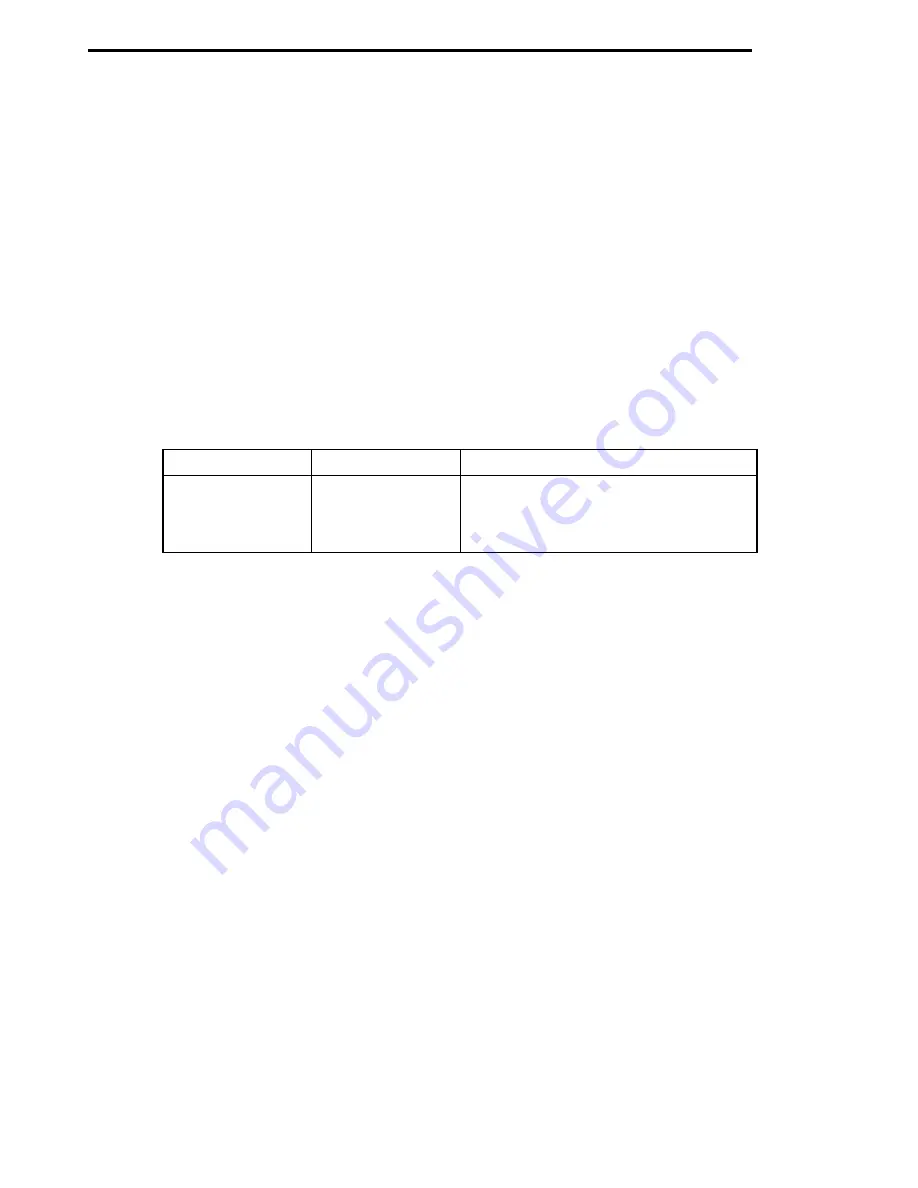
1. There is a high degree of humidity;
2. The instrument is exposed to direct sunlight;
3. The instrument is exposed to a source of high temperature;
4. There are strong vibrations;
5. There is steam, salt and/or corrosive gas.
The instrument body is made of ABS plastic so it must not be cleaned with solvents which can spoil
plastic.
SERIAL INTERFACE RS 232C
The instrument is equipped with the standard serial interface RS 232C, galvanically insulated; it is
supplied with the adapter cable CP RS 232C. The following signals are available on the SUB D 9-
pin male connector of the instrument.
NOTE: The deflector on the connector of the adapter cable CP RS 232C must be turned to COM-
PUTER or PRINTER position, depending on the chosen connector (this may not be true on
some computers or printers).
The signals present in pins 2 and 3 are at logic levels compatible with the standard RS 232C.
The transmission parameters with which the instrument is supplied are:
* Baud rate
19200 baud
* Parity
None
* No. bit
8
* Stop bit
1
* Protocol
Xon/Xoff
The data transmission speed may be changed by pressing the PROG key on the instrument to alter
the set-up parameter P3. The possible baud rates are: 19200, 9600, 4800, 2400, 1200, 600, 300.
The other transmission parameters are fixed.
All the messages reaching and leaving the instrument must be inserted in a "Communication fra-
me" with the following structure:
Record-cr
where:
-Record-
constitutes the message
-cr-
Carriage Return (ASCII 0D)
ENGLISH
114
PIN
SIGNAL
DESCRIPTION
3
TD
Datum transmitted by the instrument
2
RD
Datum received by the instrument
5
GND
Reference logic mass


